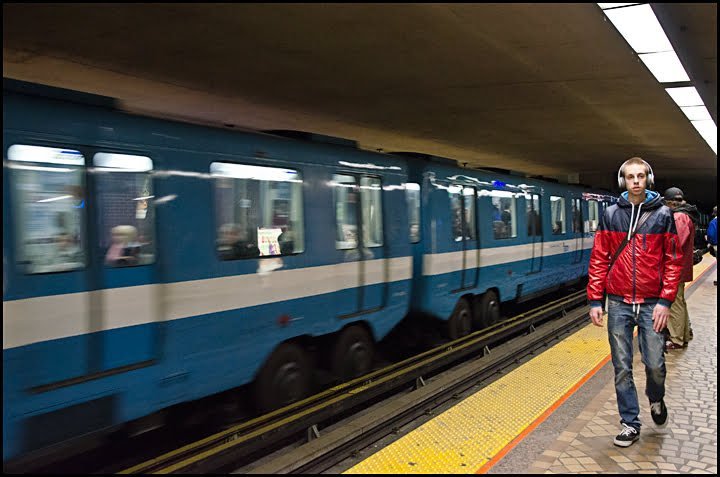[et_pb_section fb_built=”1″ _builder_version=”4.22.1″ _module_preset=”default” background_image=”https://montrealairport.ca/wordpress/wp-content/uploads/2023/09/train-airport.jpg” hover_enabled=”0″ locked=”off” global_colors_info=”{}” title_text=”train airport” sticky_enabled=”0″][et_pb_row _builder_version=”4.22.1″ _module_preset=”default” global_colors_info=”{}”][et_pb_column type=”4_4″ _builder_version=”4.22.1″ _module_preset=”default” global_colors_info=”{}”][et_pb_heading title=”Montreal Airport Train Service” _builder_version=”4.22.1″ _module_preset=”default” title_text_align=”center” title_text_color=”#FFFFFF” title_font_size=”34px” global_colors_info=”{}”][/et_pb_heading][/et_pb_column][/et_pb_row][/et_pb_section][et_pb_section fb_built=”1″ _builder_version=”4.16″ global_colors_info=”{}”][et_pb_row _builder_version=”4.16″ background_size=”initial” background_position=”top_left” background_repeat=”repeat” global_colors_info=”{}”][et_pb_column type=”4_4″ _builder_version=”4.16″ custom_padding=”|||” global_colors_info=”{}” custom_padding__hover=”|||”][et_pb_text _builder_version=”4.22.1″ background_size=”initial” background_position=”top_left” background_repeat=”repeat” hover_enabled=”0″ global_colors_info=”{}” sticky_enabled=”0″]
The Montreal Airport Train service, also known as the “Train de l’Aéroport,” is a vital component of Montreal’s transportation infrastructure. It serves as a convenient and efficient means of connecting passengers to and from Montreal-Pierre Elliott Trudeau International Airport (YUL). This dedicated train service plays a pivotal role in simplifying the airport commute, offering travelers a reliable and time-saving option for reaching their destinations, including downtown Montreal and other key locations within the city. In this guide, we will explore the various aspects of the Montreal Airport Train service, from its routes and fares to the onboard experience, highlighting the advantages it brings to passengers navigating through this bustling airport and the vibrant city beyond.
Montreal Airport Train Service
Currently, there isn’t a direct train service available from Montréal-Trudeau International Airport (YUL) to downtown Montreal. However, alternative transportation options are available:
- 747 Bus to Downtown Montreal: The 747 bus provides a direct connection between the airport and downtown Montreal. Departing every 15-30 minutes, this bus journey takes approximately 45 minutes. The fare for adults is CAD 10.25, and children pay CAD 5.15.
- Shuttle Bus to Dorval Train Station: A complimentary shuttle bus service operates between the airport and the Dorval train station. These shuttles run every 20-30 minutes, with a short 10-minute travel time. At the Dorval train station, passengers can catch the VIA Rail train to downtown Montreal. The train fare is CAD 10 for adults and CAD 5 for children.
- Taxi or Ride-Hailing Services: Taxis and ride-hailing services are readily available for transportation from the airport to downtown Montreal. Taxi fares are CAD 48.40 during the day and CAD 59.40 at night, while ride-hailing fares vary depending on the service provider and the time of day.
- Upcoming Réseau express métropolitain (REM): The Réseau express métropolitain, or REM, is an innovative light rail transit system currently under construction. It is expected to open in 2027 and will include an airport station.
Montreal Airport Train Location
The closest train station to Montreal Airport is the VIA Station, situated at 1001 Rue de La Fontaine, Dorval, QC H9P 1J6. For added convenience, there is a complimentary shuttle bus service that shuttles passengers between the airport and the VIA Station. These shuttles depart every 20-30 minutes, offering a brief 10-minute journey.
From the VIA Station, travelers can board the VIA Rail train bound for Montreal Central Station. VIA Rail trains depart every 2 hours, providing a comfortable journey lasting approximately 45 minutes.
Montreal Central Station
Montreal Central Station serves as a major inter-city rail station and a significant commuter rail hub in Montreal, Quebec, Canada.
Key Points:
- It is conveniently located at 895 Rue de la Gauchetière Ouest, Montréal, QC H3B 2R2, with direct access to the Montreal Metro system at the nearby Bonaventure station.
- Montreal Central Station is a pivotal transportation hub, facilitating services by VIA Rail, Amtrak, and Réseau de transport métropolitain (RTM) commuter trains.
- An architectural gem, Montreal Central Station was constructed in 1943 and stands as a remarkable example of Art Deco architecture. Notably, the station holds the distinction of being a designated National Historic Site of Canada.
For those planning to journey to Montreal by train, Montreal Central Station is the ideal point of arrival. Its central location and extensive connectivity to the city’s transit systems ensure a convenient and accessible gateway to Montreal’s attractions and destinations.
Free Minibus to Dorval VIA Station
For the convenience of travelers, a complimentary minibus service operates to transport passengers from Montreal-Pierre Elliott Trudeau International Airport (YUL) to the Dorval VIA Station. This shuttle service offers a hassle-free and efficient way to bridge the gap between the airport and the train station.
Key Features:
- Accessibility: The minibus service is easily accessible from within the airport terminals, ensuring a seamless transition for passengers arriving at or departing from YUL.
- Frequency: The shuttle departs at regular intervals, typically every 20-30 minutes, guaranteeing that travelers have convenient options to match their schedules.
- Quick Journey: The minibus swiftly covers the distance between the airport and the Dorval VIA Station, with a short travel time of approximately 10 minutes.
- Gateway to Train Travel: Upon reaching the Dorval VIA Station, passengers can seamlessly transition to VIA Rail train services, providing a convenient means to access various destinations, including downtown Montreal.
- Cost-Efficient: The minibus service is provided free of charge, offering an economical way for travelers to access train services or other transportation options.
Future Developments and Expansion
Here are the key aspects of these developments:
A. Ongoing and Upcoming Projects: The Montreal Airport Train service is dedicated to continuous improvement. Various ongoing and upcoming projects aim to enhance the efficiency and quality of the service. These initiatives encompass infrastructure upgrades, technological advancements, and service enhancements to ensure a seamless journey for travelers.
B. Expanding Routes and Connectivity: In line with the growing transportation needs of passengers, the Montreal Airport Train service is actively exploring opportunities to extend its routes and connectivity to additional destinations.
C. Enhancements in Passenger Experience: Passenger satisfaction remains a top priority. These improvements encompass amenities, accessibility features, and customer service, all designed to make the journey more comfortable and enjoyable for every traveler.
These future developments and expansion plans reflect the commitment of the Montreal Airport Train service to continuously evolve and adapt to meet the needs of its passengers, ensuring a world-class transportation experience.
[/et_pb_text][/et_pb_column][/et_pb_row][/et_pb_section]

Leave a Reply